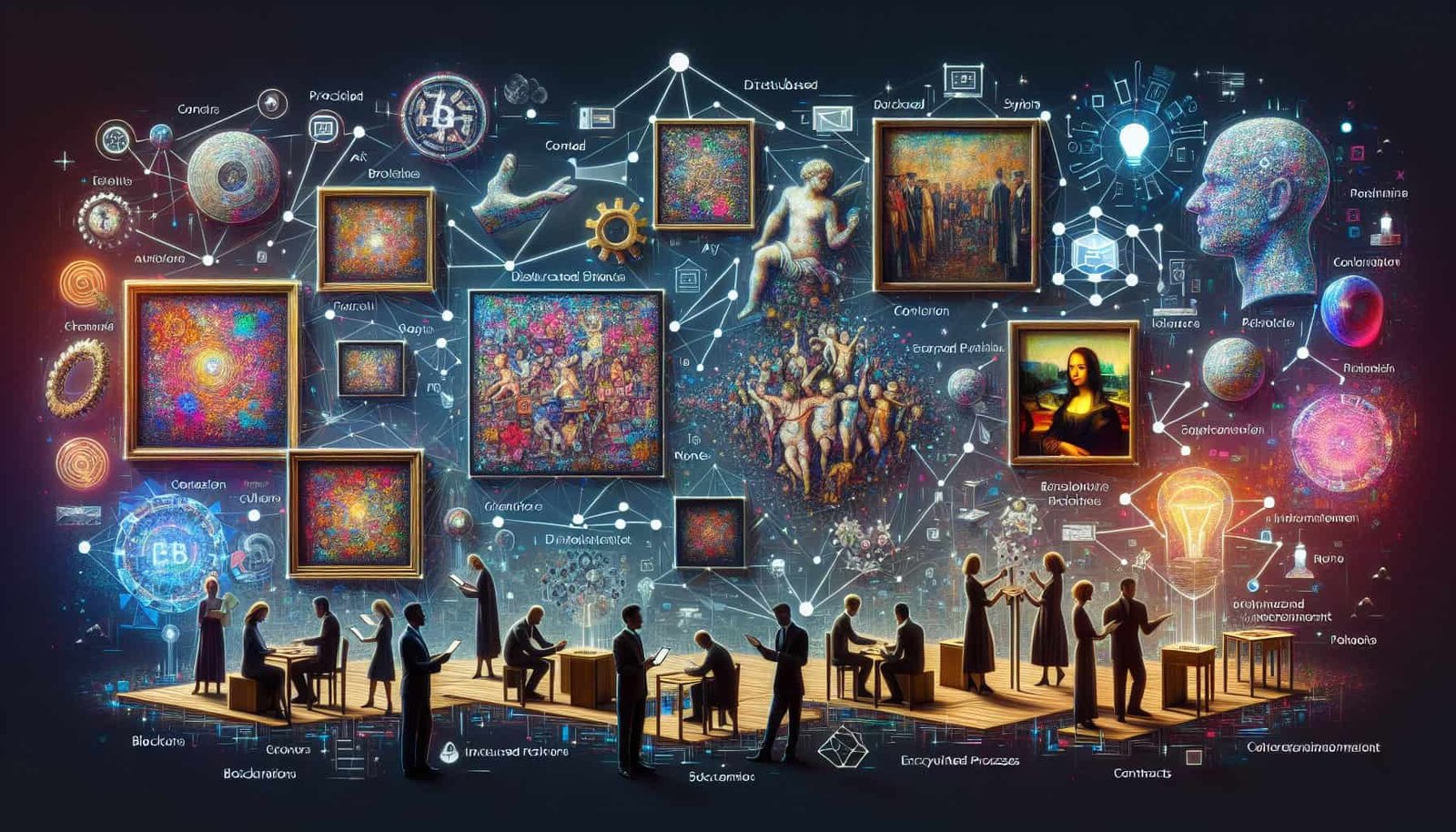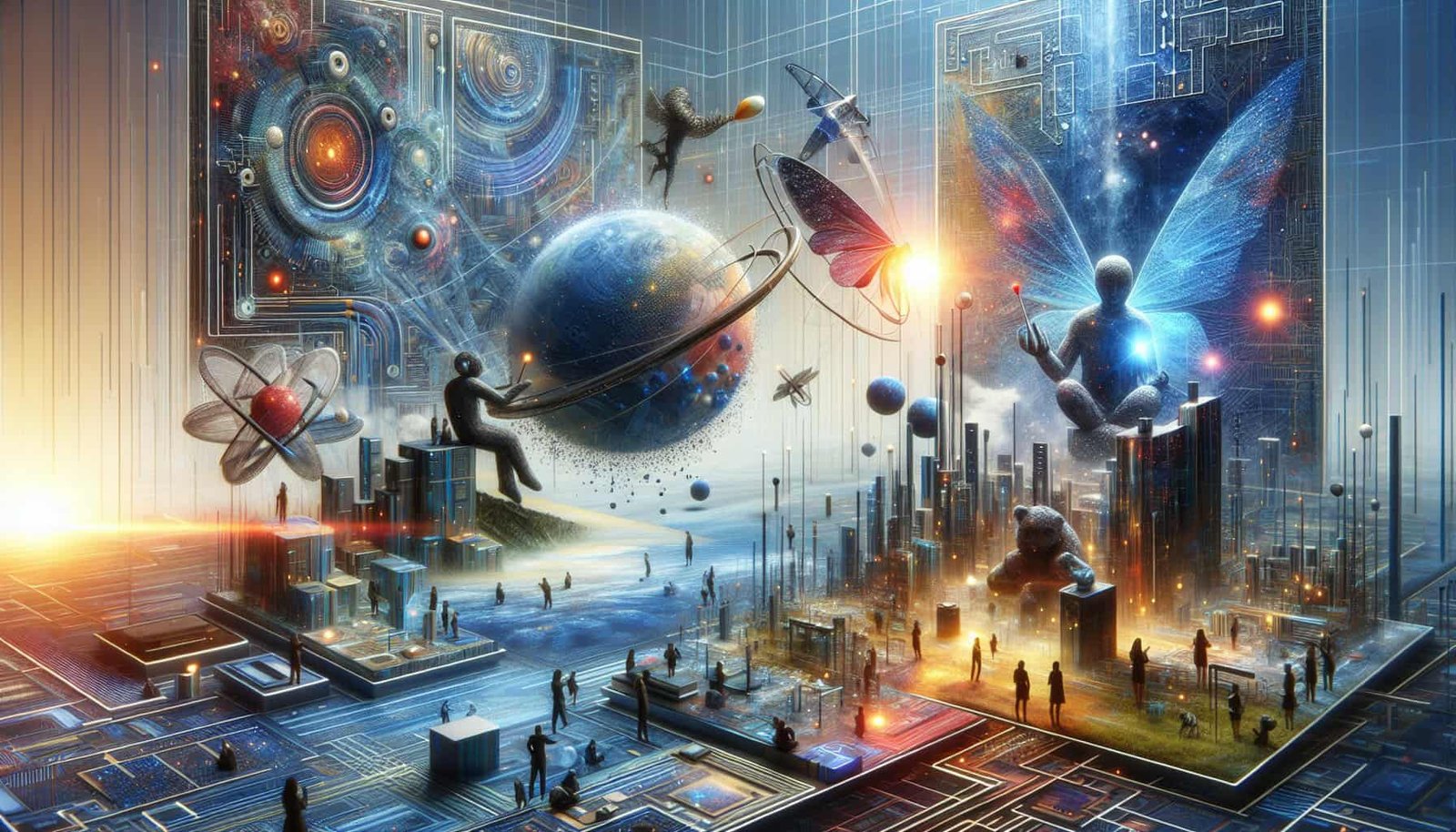In the world of art, there is a growing fascination with DAOs, or Decentralized Autonomous Organizations, which are revolutionizing the way art curation and collection are being approached. These innovative systems rely on blockchain technology and collective decision-making, allowing art enthusiasts like yourself to participate in the selection and acquisition of artwork. By harnessing the power of the crowd, DAOs are unlocking new possibilities for art investments and fostering a sense of community among art lovers. In this article, we will explore the exciting potential of DAOs for art curation and collection, and how they are reshaping the landscape of the art world.
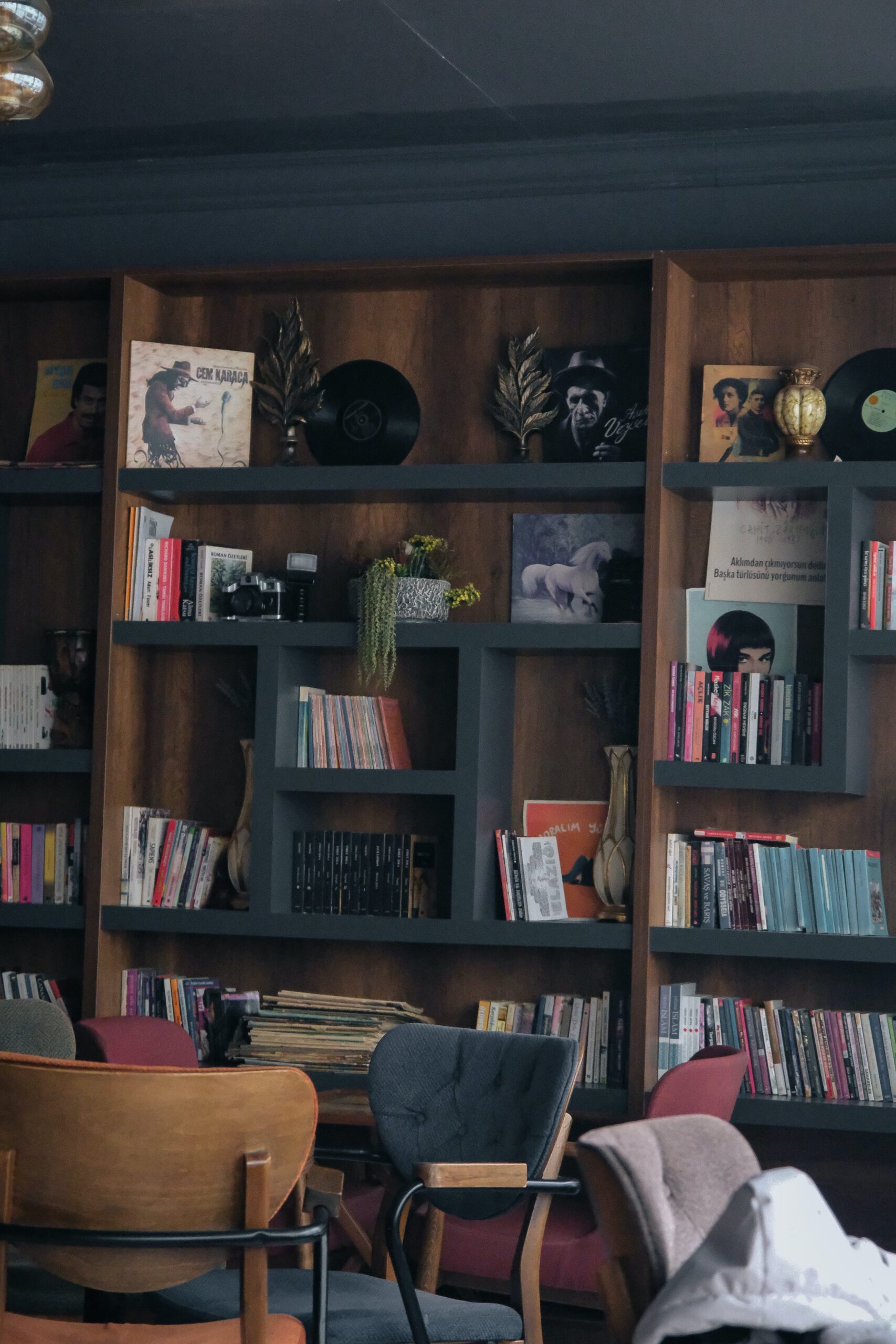
What are DAOs?
Definition and Overview
DAOs, or Decentralized Autonomous Organizations, are a revolutionary concept that combines blockchain technology and collective decision-making to create decentralized systems of governance. In a DAO, decision-making power is distributed among a network of participants, who use smart contracts to automate and enforce rules. This decentralized approach eliminates the need for intermediaries and allows for more transparent, secure, and efficient operations.
Features and Benefits
DAOs have several key features that make them unique and desirable for various industries, including art curation and collection. Firstly, DAOs enable decentralized decision-making, giving each participant an equal say in the governance and direction of the organization. This ensures a more democratic and inclusive approach to managing art collections.
Secondly, DAOs offer collective ownership and participation. Unlike traditional art institutions that are owned and operated by a small group of individuals, DAOs give ownership rights to all participants. This empowers artists, collectors, and art enthusiasts to have direct involvement in the curation and collection process.
Another benefit of DAOs is the use of smart contracts, which enable greater transparency and accountability. By automating rules and processes through code, smart contracts ensure that all transactions and activities within the DAO are visible to all participants. This transparency helps build trust among members and mitigates the risk of fraud or manipulation.
Additionally, DAOs can leverage tokenization to represent ownership rights and facilitate the transfer of value. By tokenizing art assets, individuals can trade, invest, and fractionalize ownership, making art more liquid and accessible to a wider audience.
Art Curation and Collection
Traditional Methods
Traditional methods of art curation and collection involve centralized institutions such as museums, galleries, and private collectors who determine what art is exhibited, acquired, and preserved. These institutions often rely on the expertise and taste of a few individuals, resulting in a limited scope of representation and potential biases in the selection process.
Challenges Faced
The traditional art curation and collection model faces several challenges. Firstly, limited access and elitism are major issues. Many deserving artists struggle to gain recognition and exposure due to the gatekeeping nature of these institutions. Furthermore, the high costs associated with acquiring and maintaining art collections make it difficult for smaller institutions or individuals to participate in the art world.
Another challenge is the lack of diversity and inclusivity. The traditional model tends to favor established artists and mainstream narratives, overlooking marginalized voices and underrepresented communities. There is also a lack of transparency in the pricing and valuation of art, which can contribute to market speculation and exclusionary practices.
Potential of DAOs in Art Curation
DAOs have the potential to revolutionize art curation by addressing the challenges faced by traditional methods. They can provide a platform for democratizing the decision-making process and ensuring a more diverse and inclusive representation of artists and their creations. By involving a larger number of stakeholders, DAOs can create a more comprehensive and representative art collection that reflects a wider range of artistic expressions.
Advantages of Using DAOs for Art Curation
Using DAOs for art curation offers several advantages. Firstly, it allows for a more inclusive and decentralized selection process, where artists have a greater chance of being recognized and appreciated based on their talent and creativity, rather than on established networks or personal preferences.
Secondly, DAOs enable a more transparent and fair pricing mechanism. By leveraging blockchain technology, the value of artwork can be objectively determined, taking into account factors such as rarity, historical significance, and market demand. This transparency helps mitigate market manipulation and speculation, ensuring a more equitable art market.
Furthermore, DAOs can provide opportunities for collaboration and community engagement. Participants can contribute their expertise, resources, and networks to support artists and promote their work. This collective effort not only fosters a sense of belonging and shared purpose but also boosts the visibility and success of emerging artists.
How DAOs Work for Art Curation and Collection
Decentralized Decision-making
One of the fundamental principles of DAOs is decentralized decision-making. In the context of art curation and collection, this means that all participants have the opportunity to influence and shape the direction of the DAO. Decisions regarding which artists to feature, what artworks to acquire, and how the collection should be displayed are made collectively through voting or consensus mechanisms.
By involving a diverse group of stakeholders, DAOs can ensure a more democratic and inclusive decision-making process. This helps overcome the limitations of traditional art institutions and promotes a broader representation of artistic voices.
Collective Ownership and Participation
DAOs promote collective ownership and participation, allowing individuals to have a direct stake in the art collection. Through tokenization, participants can acquire fractional ownership of artworks, enabling them to share in the appreciation and value of the collection.
Collective ownership also encourages active participation and contribution from members. Individuals can leverage their expertise, networks, and resources to support artists and the growth of the DAO. This collaborative approach fosters a sense of community and shared responsibility, enhancing the overall curation and collection process.
Smart Contracts and Transparency
Smart contracts play a crucial role in the operation of DAOs for art curation and collection. These self-executing contracts are encoded with predefined rules and conditions that automate various aspects of the DAO’s operations.
By using smart contracts, DAOs can ensure transparency and accountability in their activities. Every transaction, decision, or change in ownership is recorded on the blockchain, visible to all participants. This transparency builds trust among members and minimizes the risk of fraudulent or unethical practices.
The Role of Tokenization
Tokenization is an essential element of DAOs for art curation and collection. It enables the representation of ownership rights, value, and fractional ownership of artworks through digital tokens. These tokens can be traded, exchanged, or used as a tool for participation within the DAO ecosystem.
Tokenization unlocks liquidity and allows for the democratization of art ownership. It facilitates the buying and selling of fractional shares in artwork, making it more accessible to a wider range of individuals. This opens up new opportunities for art investment, crowdfunding, and shared ownership, revolutionizing the traditional art market.
Types of DAOs for Art Curation and Collection
Curatorial DAOs
Curatorial DAOs focus on the curation and exhibition of art. These DAOs bring together a community of curators, artists, collectors, and art enthusiasts who collaborate to curate exhibitions, develop thematic collections, and promote art appreciation. Curatorial DAOs can range from small, niche-focused communities to larger, more comprehensive art organizations.
Collective Ownership DAOs
Collective ownership DAOs focus on the acquisition and ownership of art assets. These DAOs enable participants to acquire fractional ownership in artwork through the issuance of tokens. By pooling resources, members can collectively acquire valuable art pieces that would otherwise be out of reach for individual collectors. Collective ownership DAOs democratize art ownership and provide opportunities for investment and value appreciation.
Galleries and Exhibition DAOs
Galleries and exhibition DAOs focus on creating virtual or physical spaces to showcase art. These DAOs provide platforms for artists to exhibit their work and engage with a global audience. By eliminating geographical limitations and reducing costs associated with traditional galleries, these DAOs enable a wider range of artists to gain exposure and recognition.
Art Investment DAOs
Art investment DAOs focus on leveraging art as an investment asset class. These DAOs allow participants to collectively invest in art portfolios, leveraging their collective knowledge and resources to make informed investment decisions. Art investment DAOs provide opportunities for diversification, liquidity, and democratization of the investment landscape, making art investing more accessible to a wider audience.

Best Practices for DAOs in Art Curation and Collection
Establishing Clear Governance
To ensure the effective functioning of DAOs in art curation and collection, clear governance structures and processes are necessary. It is essential to establish transparent decision-making mechanisms, voting procedures, and rules for handling disagreements or conflicts. This clarity helps foster trust and collaboration among participants.
Engaging the Art Community
DAOs should actively engage with the wider art community to ensure diverse perspectives and expertise. Collaborating with artists, curators, critics, and collectors can enrich the curation and collection process, leading to a more comprehensive and inclusive art representation. Regular feedback and open communication channels can facilitate meaningful interactions and strengthen community engagement.
Ensuring Diversity and Inclusivity
DAOs in art curation and collection should prioritize diversity and inclusivity. By actively seeking out and promoting underrepresented artists and marginalized voices, DAOs can challenge traditional power dynamics and foster a more inclusive art ecosystem. Implementing measures to ensure equal opportunities, such as blind selection processes or mentorship programs, can help address systemic barriers.
Sustainable Funding Models
DAOs need sustainable funding models to support their operations and growth. While traditional art institutions often rely on government grants, donations, or ticket sales, DAOs can explore various funding options. These may include membership fees, crowdfunding campaigns, or partnerships with philanthropic organizations. Sustainable funding models ensure the long-term viability and impact of DAOs in art curation and collection.
Ensuring Legal Compliance
DAOs operating in the art sector must navigate legal and regulatory frameworks to ensure compliance with relevant laws, intellectual property rights, and tax obligations. It is crucial to seek legal advice and establish clear policies to address intellectual property rights, provenance, copyright, and privacy concerns. Maintaining legal compliance builds trust among participants and ensures the credibility of the DAO ecosystem.
Successful Examples of DAOs in Art Curation and Collection
ArtDAO
ArtDAO is a decentralized autonomous organization dedicated to the curation, exhibition, and sale of digital art. It brings together artists, collectors, and enthusiasts to create an inclusive and vibrant community. ArtDAO leverages smart contracts and tokenization to enable collective curation, offering a unique model for the exploration and appreciation of digital art.
DAOStack
DAOStack is a framework for building DAOs, including those focused on art curation and collection. Its platform allows for scalable governance mechanisms, enabling decentralized decision-making and collaboration. DAOStack provides tools and infrastructure to empower communities to create and manage their DAOs, fostering innovation and cooperation in the art world.
Metapurse
Metapurse is a prominent example of a DAO dedicated to the ownership and curation of digital art collections. It tokenizes art assets, allowing fractional ownership and investment in digital art pieces. Metapurse offers a decentralized platform for art enthusiasts and collectors to participate in the growing digital art market, bringing transparency and accessibility to the world of NFTs (Non-Fungible Tokens).
DADA.art
DADA.art is a social network and marketplace that blends art, technology, and community. It operates as a DAO, allowing artists to collaborate, exhibit, and sell their digital artworks. DADA.art fosters a supportive and engaging environment where artists have a direct relationship with their collectors, promoting a more intimate and decentralized art ecosystem.
F.A.T. Lab
F.A.T. Lab (Free Art and Technology Lab) is an international collective of artists, engineers, and activists who explore the intersection of art, technology, and culture. While not a traditional DAO, F.A.T. Lab exemplifies the principles of openness, collaboration, and inclusion that underpin the DAO movement. Through their collaborative projects, F.A.T. Lab challenges conventions and pushes the boundaries of art curation and collection.
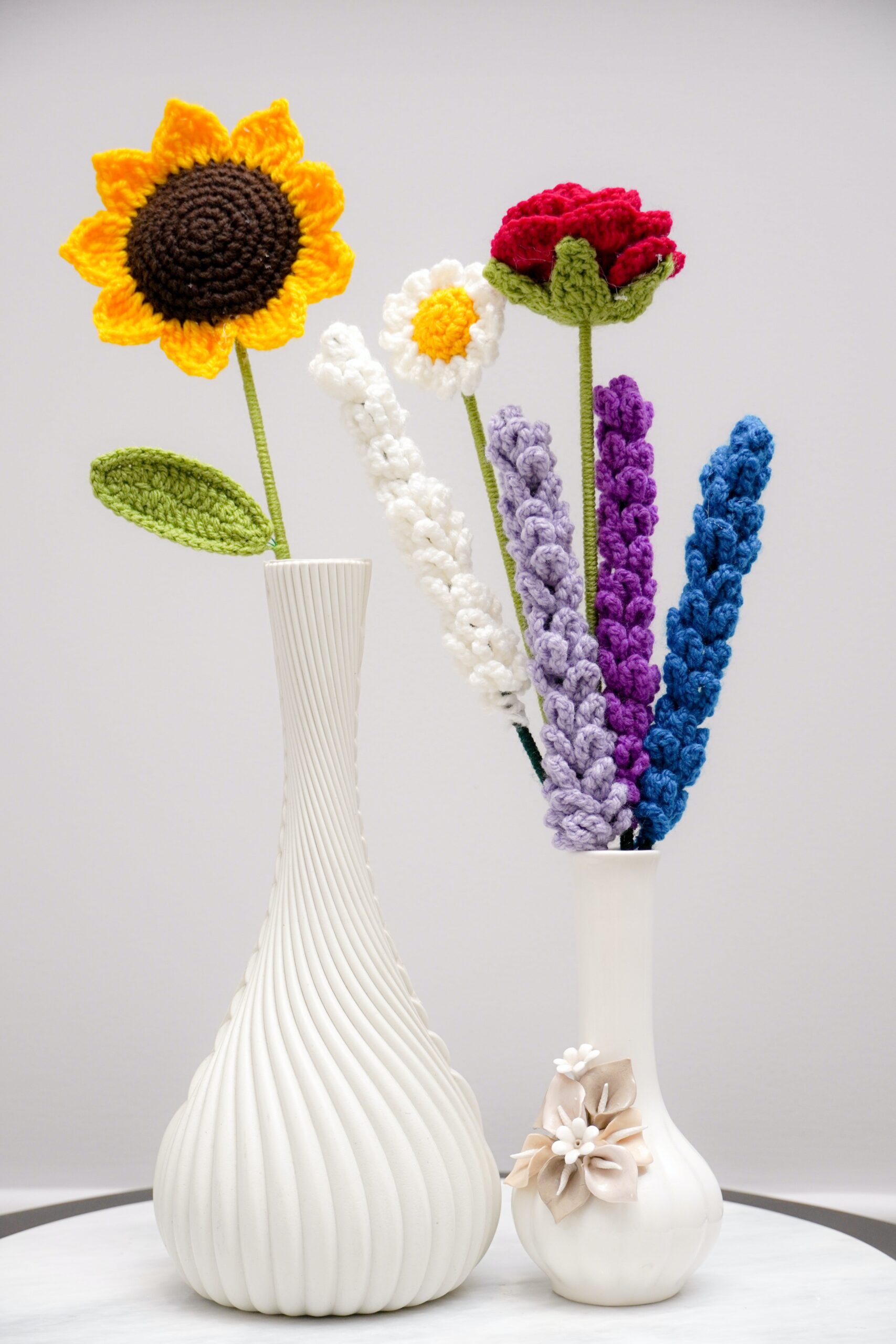
Challenges and Limitations of DAOs in Art Curation and Collection
Lack of Expertise and Curation Standards
One of the challenges faced by DAOs in art curation and collection is the potential lack of expertise and widely accepted curation standards. Traditional institutions often rely on curators with specialized knowledge and experience, which may be lacking in a decentralized setting. Establishing guidelines, mentorship programs, and collaborative opportunities for skill development can help address this challenge.
Volatility and Speculation
Another limitation of using DAOs for art curation and collection is the potential for volatility and speculation in the market. The nascent nature of digital art and NFTs, as well as the fluctuating value of cryptocurrencies, can introduce risks for participants. Implementing mechanisms to mitigate volatility, such as clear pricing guidelines, market research, and expert advice, can help alleviate these concerns.
Overcoming Traditional Mindsets
The art world has long been shaped by traditional institutions and established practices. Introducing DAOs as a new model for art curation and collection requires overcoming resistance and challenging traditional mindsets. Education, awareness campaigns, and collaborations with traditional art institutions can help bridge the gap and foster acceptance and understanding.
Technological Barriers
Not everyone may have the technical knowledge or access to the necessary tools and platforms to participate effectively in a DAO for art curation and collection. Improving user experience, providing accessible interfaces, and offering user-friendly tutorials can help lower the technological barriers and ensure broader participation.
Legal and Regulatory Concerns
Navigating legal and regulatory frameworks can be challenging for DAOs in art curation and collection. Intellectual property rights, copyright laws, and tax regulations vary across jurisdictions and may present hurdles for DAOs. It is essential for DAOs to work closely with legal experts and comply with local laws to operate within the bounds of the legal system.
Future Implications of DAOs for Art Curation and Collection
Disruption of Traditional Art Institutions
DAOs have the potential to disrupt traditional art institutions by challenging established hierarchies and gatekeeping practices. As decentralized platforms gain traction, traditional intermediaries may need to adapt or risk becoming obsolete. The shift towards more inclusive, transparent, and community-centric approaches to art curation and collection can reshape the art world’s landscape.
Empowerment of Artists and Collectors
DAOs empower artists and collectors by giving them a direct stake in the curation and collection processes. Artists can connect directly with their audience and gain exposure, recognition, and financial support. Collectors can participate in the appreciation and ownership of art assets, democratizing access to the art market. This empowerment can lead to the emergence of new artistic voices and a more equitable art ecosystem.
Increased Accessibility and Inclusivity
DAOs have the potential to make art more accessible and inclusive by lowering barriers to entry. Through tokenization, fractional ownership, and crowdfunding, individuals from diverse backgrounds can participate in art curation and collection. By embracing digital platforms and virtual exhibitions, DAOs can reach a global audience and create opportunities for underrepresented artists to gain visibility and recognition.
New Models for Art Funding and Investment
DAOs offer innovative models for art funding and investment. Through collective ownership, tokenization, and art investment DAOs, individuals can invest in art portfolios, diversify their investment strategies, and benefit from the appreciation of valuable art assets. The democratization of art investment can unlock new funding opportunities and support the growth of the art market.
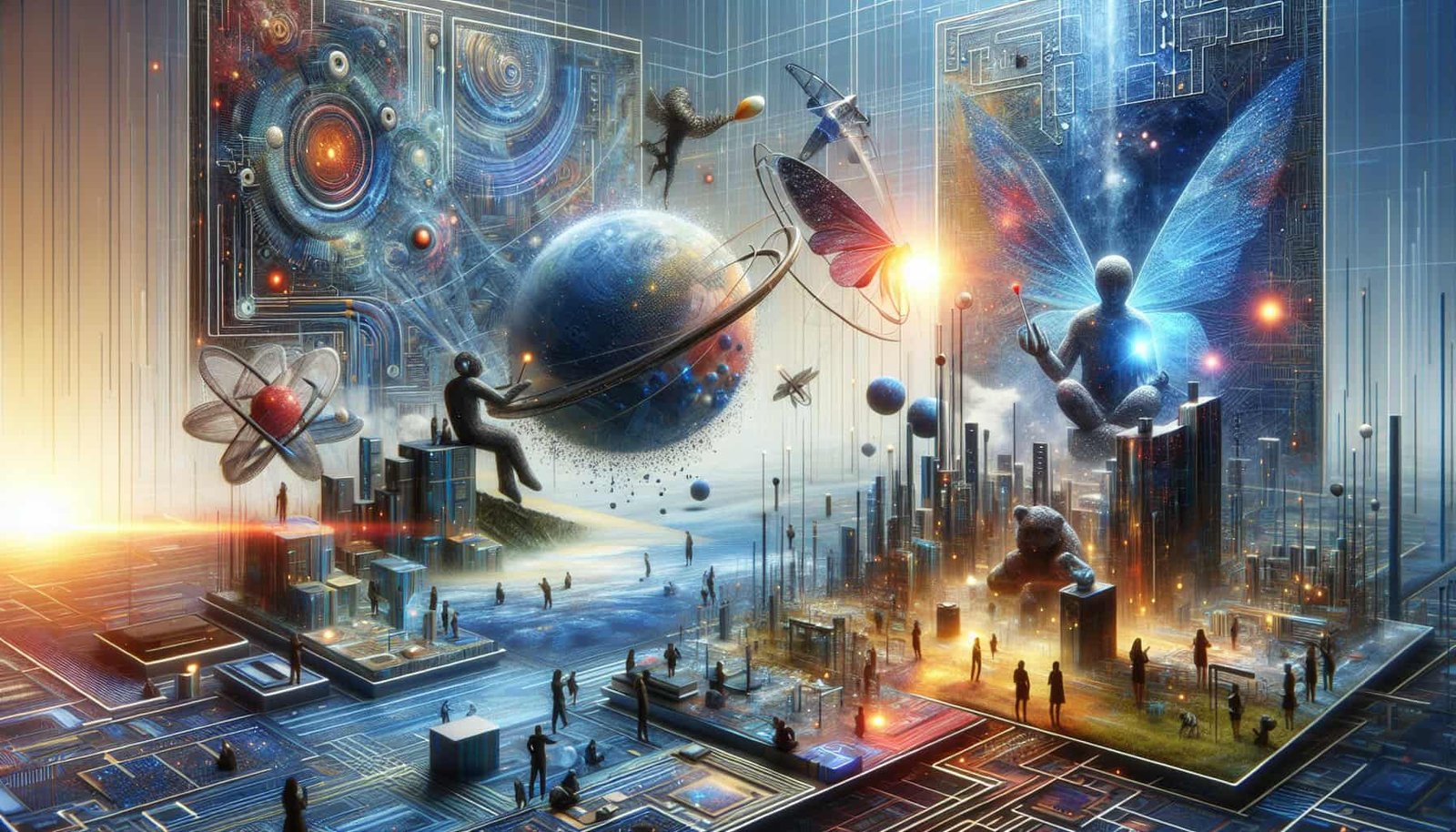
Exploring Collaborations: DAOs and Traditional Art Institutions
Building Bridges between DAOs and Museums/Galleries
Rather than seeing DAOs as competitors, there is potential for collaboration between DAOs and traditional art institutions. Museums and galleries can partner with DAOs to leverage their technologies, resources, and networks. This collaboration can enhance community engagement, reach new audiences, and enable the exploration of innovative exhibition models.
Facilitating Art Education and Research
DAOs can play a vital role in art education and research by fostering collaborations and providing platforms for knowledge sharing. By partnering with educational institutions, DAOs can facilitate workshops, lectures, and research projects, bringing together artists, scholars, and enthusiasts. This exchange of ideas and expertise can contribute to the growth and enrichment of the art community.
Potential for Joint Exhibitions and Projects
DAOs and traditional art institutions can collaborate on joint exhibitions, projects, and initiatives. By combining the strengths and resources of both models, innovative and impactful art experiences can be created. Joint exhibitions can provide a bridge between established art institutions and decentralized platforms, fostering dialogue and showcasing the potential of DAOs in the art world.
Conclusion
DAOs offer a promising future for art curation and collection. By decentralizing decision-making, promoting collective ownership, and leveraging smart contracts and tokenization, DAOs can revolutionize the art world. They have the potential to democratize access to art, empower artists and collectors, and challenge traditional mindsets and practices.
While DAOs face challenges and limitations, including the need for expertise and curation standards, market volatility, resistance to change, technological barriers, and legal compliance, they also open new avenues for collaboration and disruption. The future implications of DAOs for art curation and collection include the transformation of traditional art institutions, increased accessibility and inclusivity, new models for funding and investment, and collaborations between DAOs and traditional art institutions.
As DAOs continue to evolve and gain momentum, it is crucial to establish best practices, promote diversity and inclusivity, ensure legal compliance, and prioritize sustainable funding models. By embracing the potential of DAOs, we can create a more democratic, transparent, and vibrant art ecosystem that benefits artists, collectors, and art enthusiasts alike.
